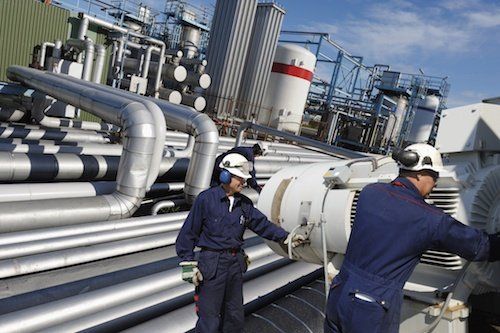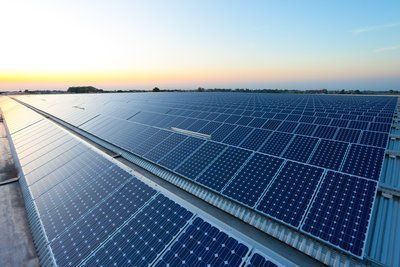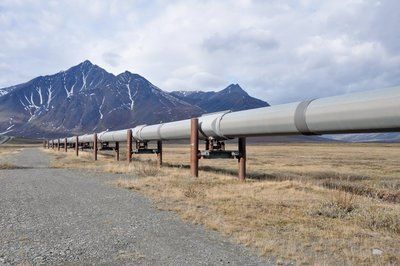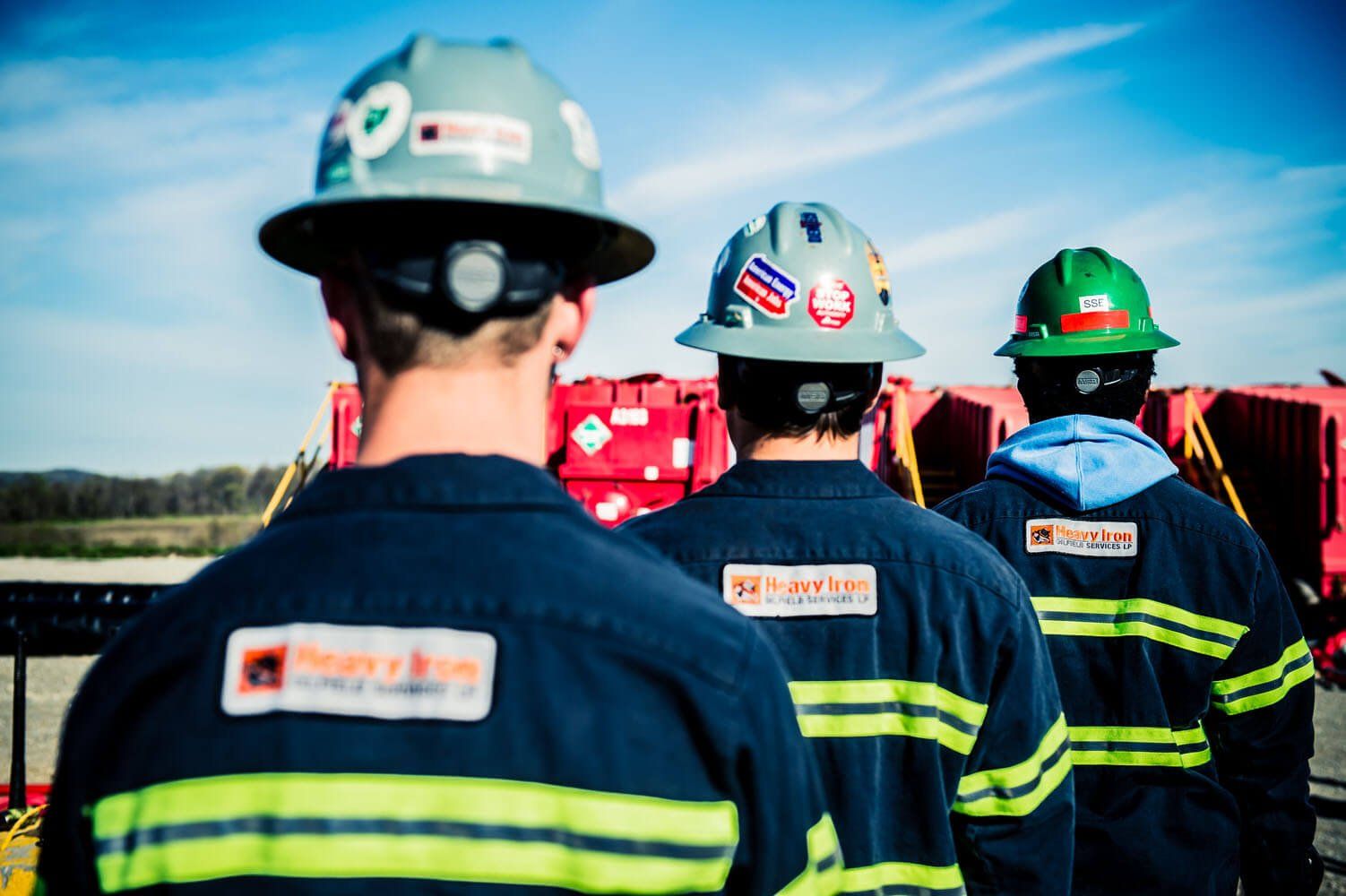HEAVY IRON NEWS
The Rise of Multiphase Flows
- By Design Team
- •
- 03 Nov, 2015

THE PROBLEM OF MULTIPHASE FLOWS
SEPARATING LIQUID AND SOLID FLOWS
Separating solid flows from liquid matter can be more challenging. When solids are mixed into oil and water, they are usually in the form of small particulates. These particulates can cause problems when mixed into the extracted materials, as they can collect, block the line, and increase pressure, all while making the movement of liquids through the line erratic. But particles can't always be separated through gravity; they won't always settle because they may have lighter density. Instead, a centrifuge must be used to remove particles. Centrifuges in use can remove particles of up to 0.5mm.
Multiphase flows are increasingly being approached by engineers, but the ability to sort through the flow beforehand and separate each material type makes the process of managing the flow much easier. Multiphase flows will always present an engineering problem if extraction is attempted before separation, and there may still be some issues when switching between types of material.
Subscribe to Email Updates
Recent Post

| A new project in development in Oman may be able to revolutionize the way that people think about solar energy and oil and gas. The Miraah project currently being developed will use solar power in order to produce oil, thereby reducing the amount of natural gas Oman residences will need to rely upon. Ideally, the Miraah project will be able to address many of the outstanding issues with solar technology related to energy capture, while creating a more efficient and effective method of oil production. |








